Making jewellery is a creative process, and sometimes, jewellery designers can face a creative block. To overcome this, most designers have some tricks up their sleeve, such as taking a break, looking at everyday objects, slowing down the pace, and more, finds out Priyanka Talreja Garegrat.
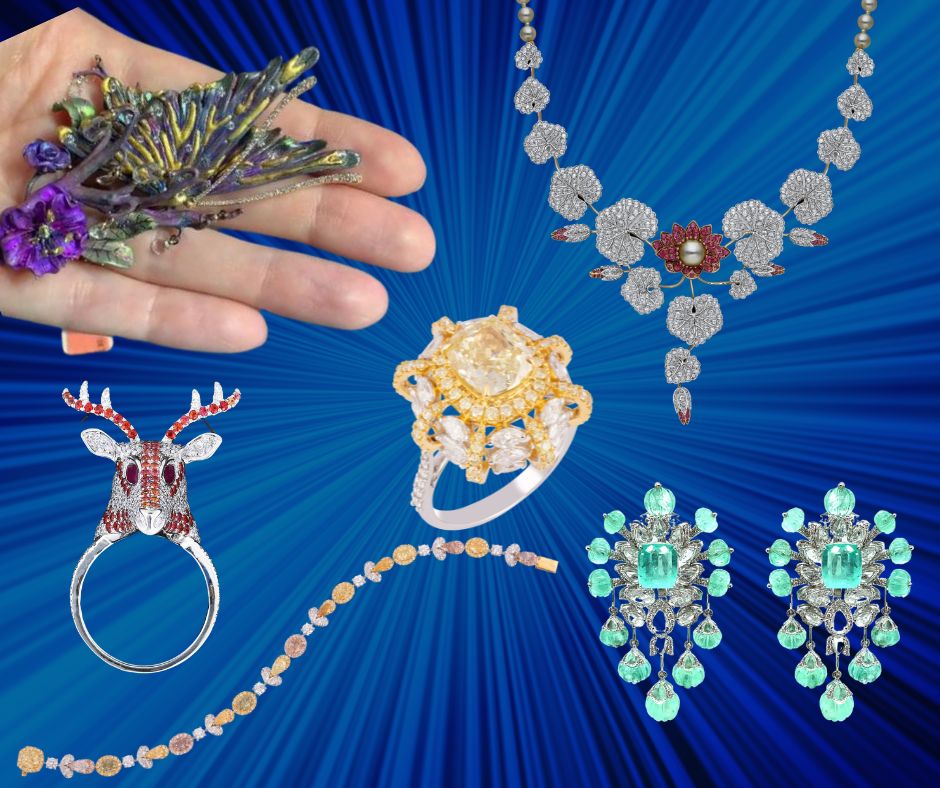
Every artist encounters a creative block at some point in their journey. While some feel moving ahead with greater force is the only way to get past it, others take the block as a sign to unwind and tune out.
Niraj Menda, Director, Studio Rêves, Mumbai, says, “Creativity is an ongoing process and you have to get in the groove and keep innovating. That's the only way to do it.”
Ankita Kothari, Director, Anan Jewels, Mumbai, prefers taking a break. “Taking some time off from work and engaging in other activities, such as reading, travelling, or spending time with family and friends, helps me clear my mind and rejuvenate my creative juices,” she explains.
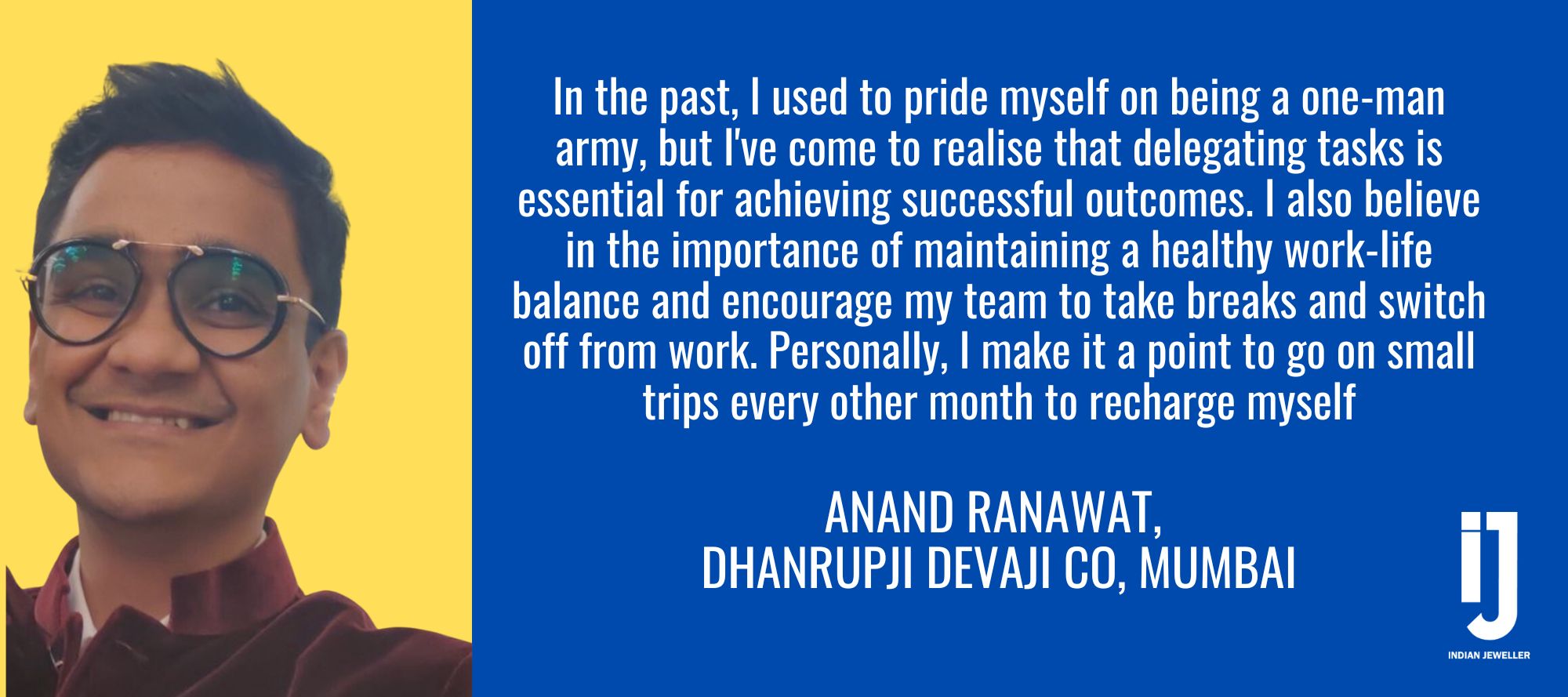
Abhishek Sand, Co-founder and Director, Savio Jewellery, Jaipur, believes that travelling and meticulous planning are crucial for preventing a creative block. "We travel a lot and when we are exploring, we try to find some new inspiration and bring it back for our designers. We then give them an explanation of our new idea and tell them what exactly we want. We are also always planning beforehand. Whatever is being marketed today was conceptualised six months before, so three months go in manufacturing, and the next three months in the campaigns and marketing, where we tell the backstory to the customers”
According to Anand Ranawat, founder of the signature jewellery brand that bears his name, the combination of efficient systems and a balanced lifestyle is essential for unlocking creativity. "As a designer and businessman, I understand that in order to grow, I need to have systems in place. To achieve this, I divide responsibilities among my team members," he explains. "In the past, I used to pride myself on being a one-man army, but I've come to realise that delegating tasks is essential for achieving successful outcomes. I also believe in the importance of maintaining a healthy work-life balance and encourage my team to take breaks and switch off from work. Personally, I make it a point to go on small trips every other month to recharge myself," he adds.
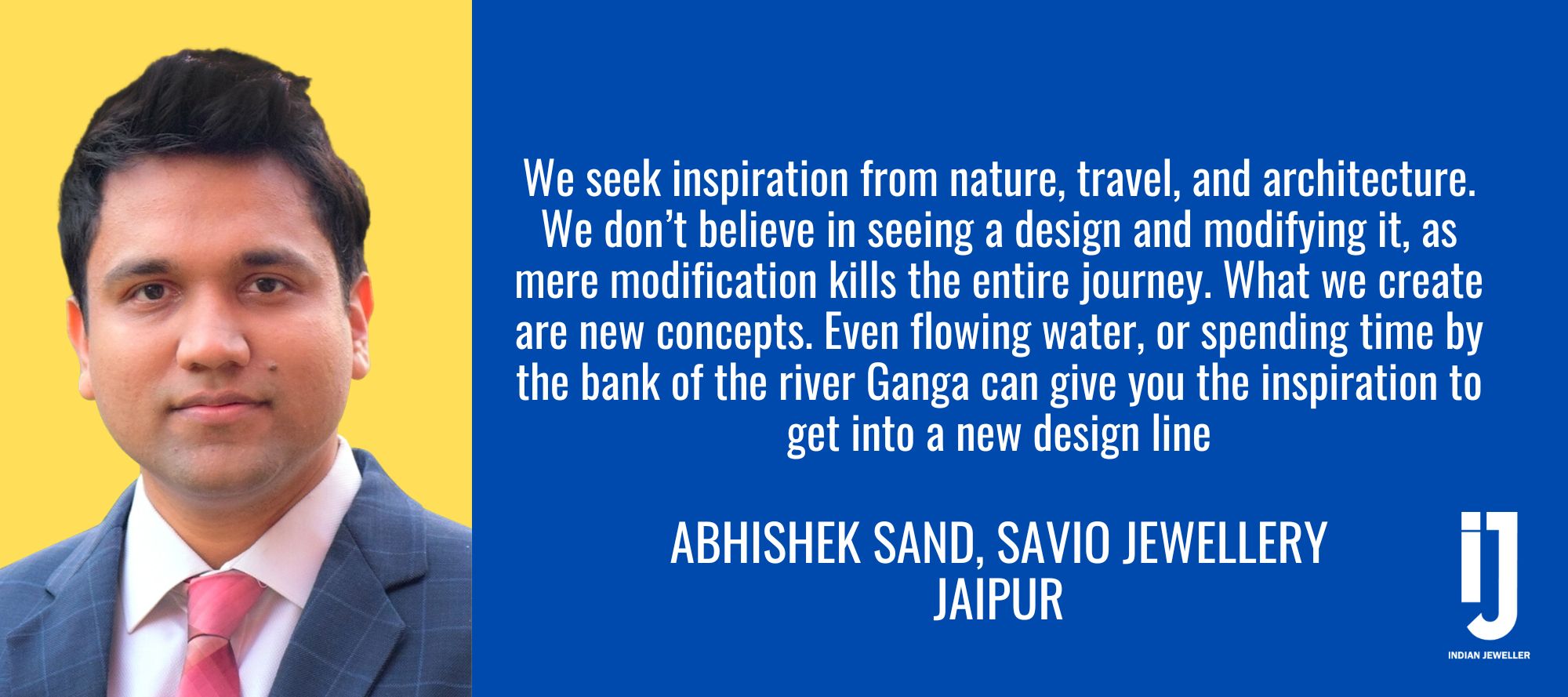
Varied sources of inspiration
Drawing inspiration is a crucial element of the creative process and can be essential for overcoming creative blocks. However, the key lies in selecting the appropriate source of inspiration. "We want to create something that isn't in the market, so we turn off the computer to get inspired," Sand says. “We seek inspiration from nature, travel, and architecture. We don’t believe in seeing a design and modifying it, as mere modification kills the entire journey. What we create are new concepts. Even watching flowing water, or spending time by the bank of the river Ganga can give you the inspiration to get into a new design line.”
Menda explains that taking a mental break to get inspiration can serve as a reset for one's thought process. By taking time away from work or a particular project, one can gain a new perspective and notice things one may have missed, “If you just go around in the world with a free mind, you can see inspiration everywhere.” he says.
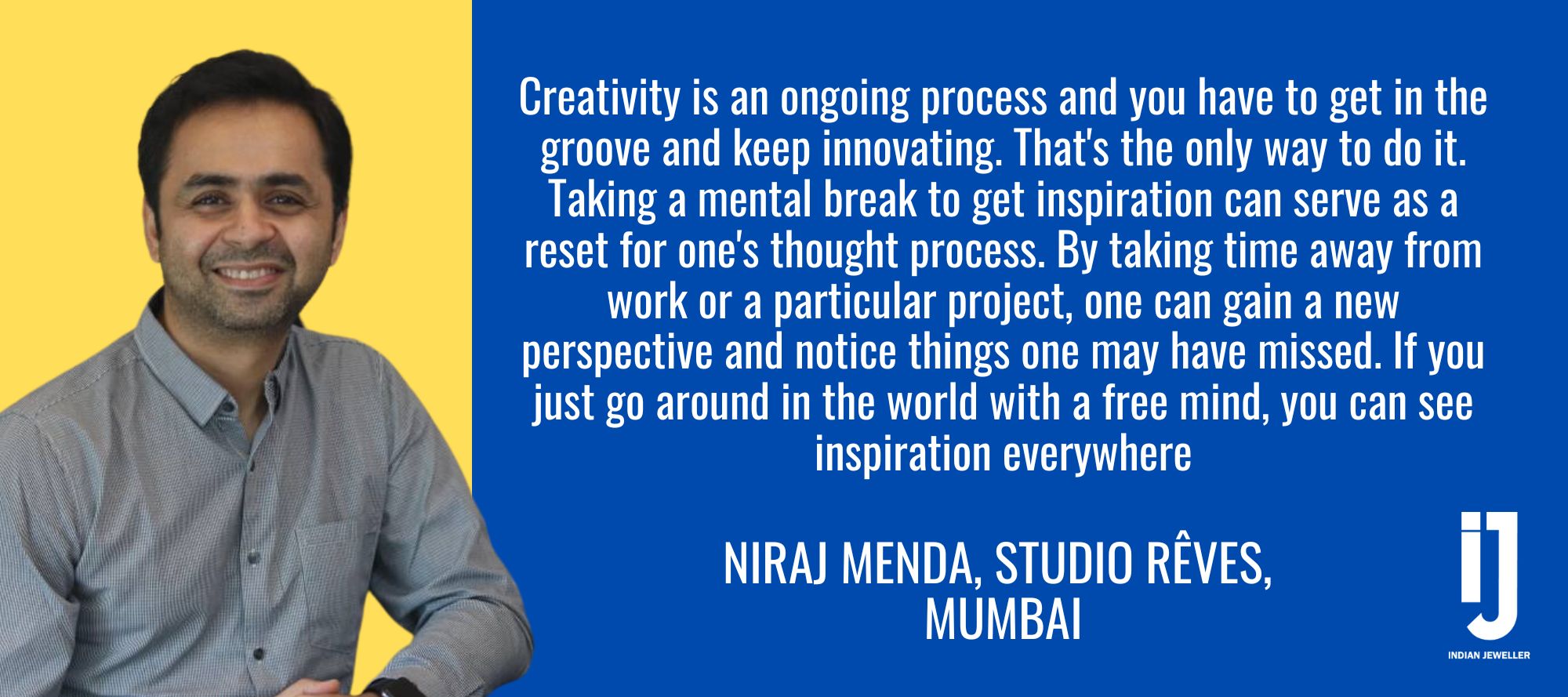
Kothari too believes that maintaining an open mind is crucial for creativity, as it involves constant exploration and experimentation. She says inspiration can be found in even the smallest elements of nature, architecture, or everyday objects found in one's living room or workspace. “By focusing on a particular pattern and experimenting with new materials or techniques, unexpected and exciting results can be achieved. Trying new styles or design aesthetics helps generate fresh ideas,” she adds.
For some of these ace designers, nature is a major source of inspiration. According to Jinesh Mehta, Director, Kaamya Jewels, Mumbai, “70% of our products are influenced by nature. While Kaamya experiments with various materials, such as enamel, carved stones, and gemstones, the brand stays true to its strength of creating collections that are inspired by nature.”
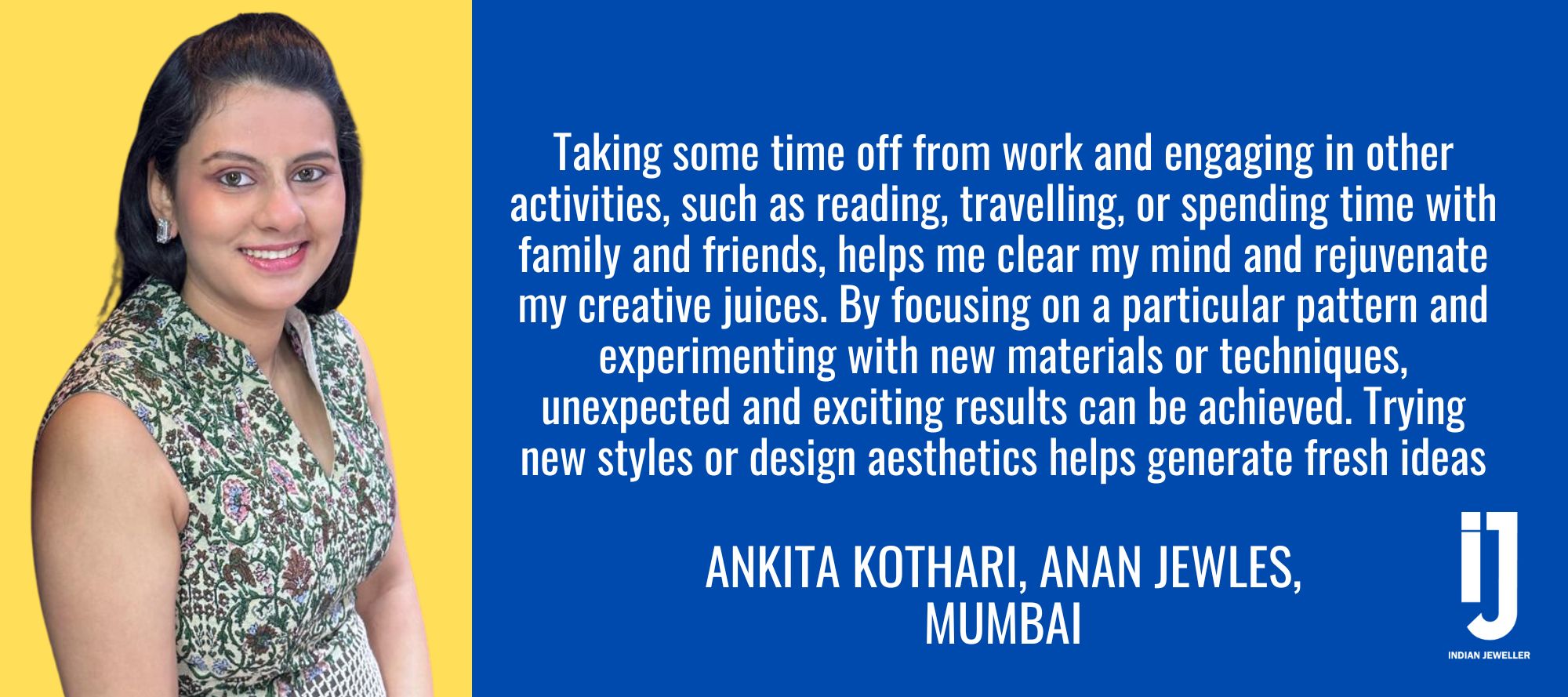
Ranawat too draws inspiration from nature and frequently takes breaks with his family and kids. He also finds inspiration in architecture and people. “Conversations serve as a trigger for my creativity. I talk to strangers anywhere I meet them. Recently, I was in Delhi for a wedding where I met an architect. He started telling me about his work and how he changed his style of working for efficiency. I got inspired by that conversation. I suggested a few changes in our working style and that worked well for us.”
The breakthrough after a creative block
After having broken through the creative block, the birth of a new idea is thrilling and exhilarating. This breakthrough leads to some of the most innovative ideas ever created. Kothari says, “I was working on a collection for weeks but I was struggling to find new inspiration. One day, while taking a casual walk in the morning, I noticed a beautiful yellow bird with a melodious chirp, it was probably a canary set free. I became fascinated by the patterns and colours created on its feathers. I began to work on my collection, day and night. Finally, we created stunning pieces that were unique and innovative and captured the beauty of the bird. We launched the collection as ’The Wild Canary Collection’.”
Sand adds, "While observing a peacock in a garden, I saw the bird dance and open its feathers. This sight was fascinating for me and I realised that this could be a great jewellery piece. We created a ring design inspired by the peacock's beauty, which went on to become a Guinness Book of World Record holder and a source of pride for our country."
For Mehta, it was the play of lotus and water that arrested his interest. “I wanted to give the lotus leaves a very transparent look and recreate the magic of the pond. So, I used only rose cuts and created a piece that did justice to the beauty of nature,” he explains.
For Menda, the spark came in the form of an accident, “A couple of years ago, during the COVID-19 pandemic, I was struggling to focus due to a creative block. One day, while walking to my workplace, I slipped and fell. While that hurt a great deal, it also made me notice a beautiful pattern on the ground, which inspired me to create the titanium butterfly.”
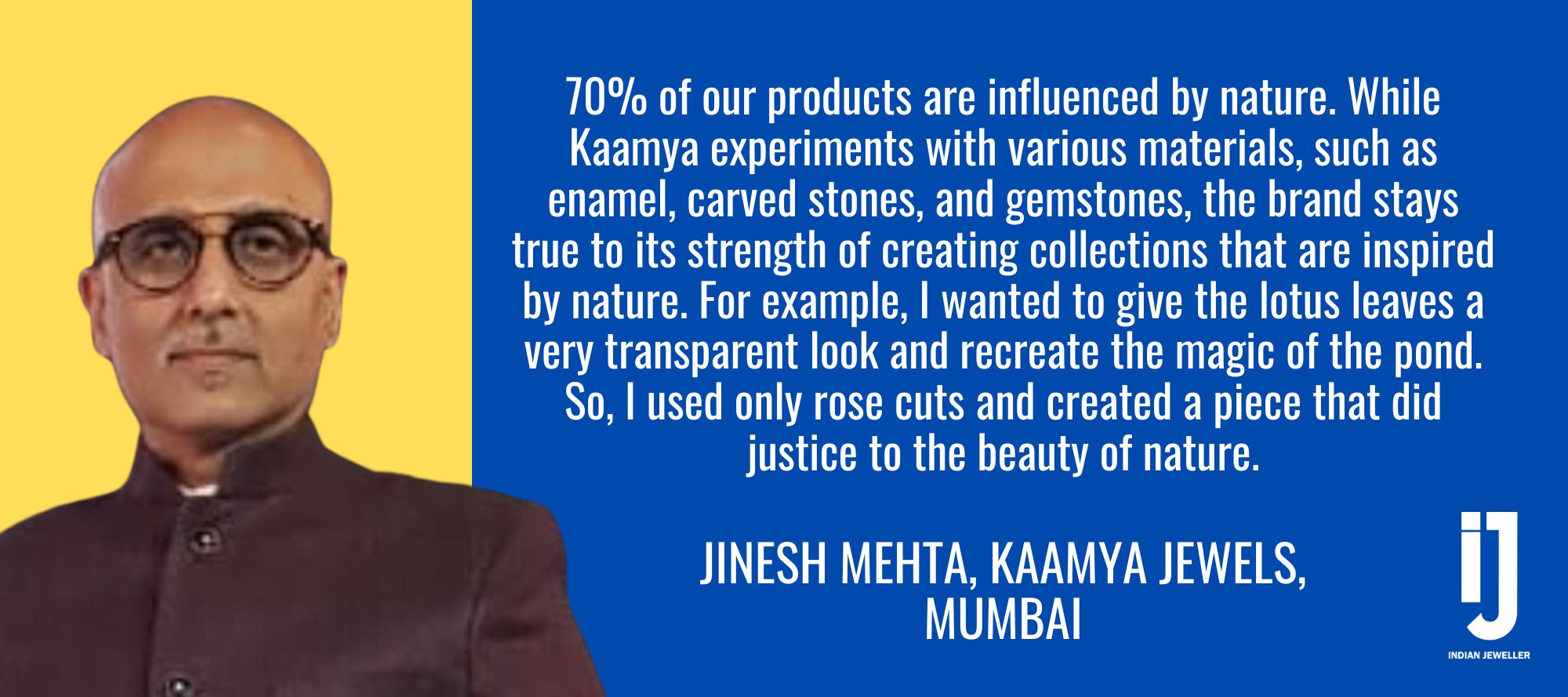
Ranawat too talks about how just looking around got him to decide on his next project. “During our stay in Delhi, we took the time to explore various monuments, such as the Qutub Minar and Lal Qila. The rich history and grandeur of these sights left a lasting impression on us and inspired us to create something that paid homage to India's past. From this inspiration, we developed our rose cut collection, which draws its influence from the Mughal era,” he says.
So, while the creative block does exist, taking a break, planning beforehand, being around nature and architecture, and seeking inspiration from everyday life can help the artist reach a breakthrough, which then gives birth to new ideas.
Be the first to comment